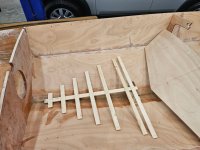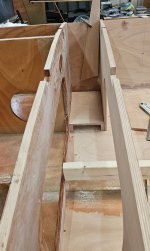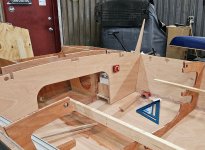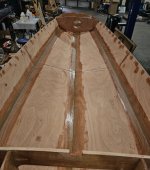Good call-out. As I understand it, the chief culprit is having a trolling motor on the same circuit... will definitely have that on a dedicated circuit.My only thought is that some recommend running your FF/GPS on a separate circuit with its own CB/inline fuse to avoid possible interference, but I think that was only an issue on older models. Its also the most sensitive piece of equipment on most boats, so protecting it from power surges is also a concern.
In an effort to avoid another switch, I'm going to try it with the GPS/FF running through the same panel as lights, etc... but if I'm getting interference it should be simple enough to pull that off the panel and run a dedicated circuit and switch. Will definitely have it on a dedicated fuse near the unit.







